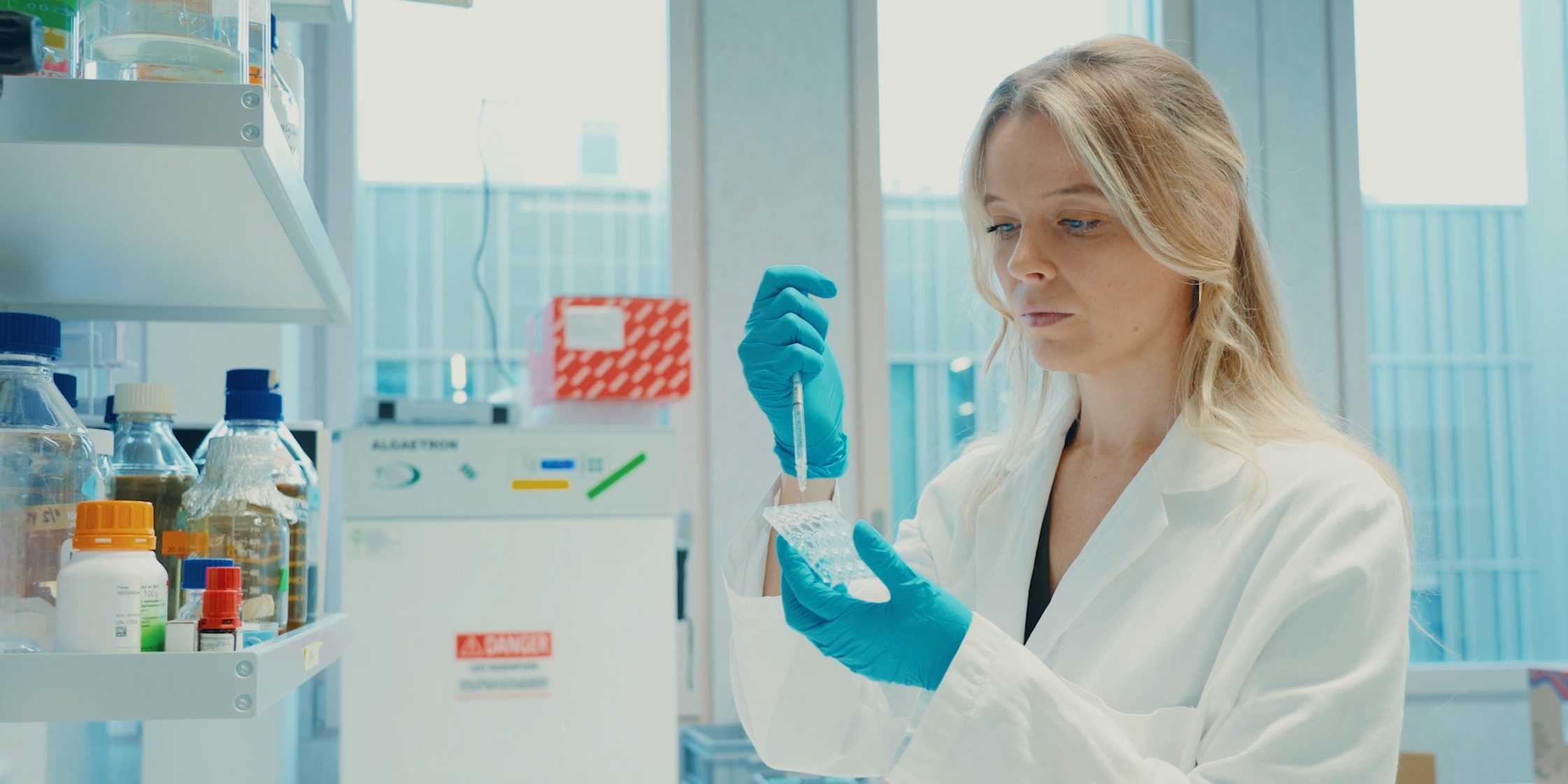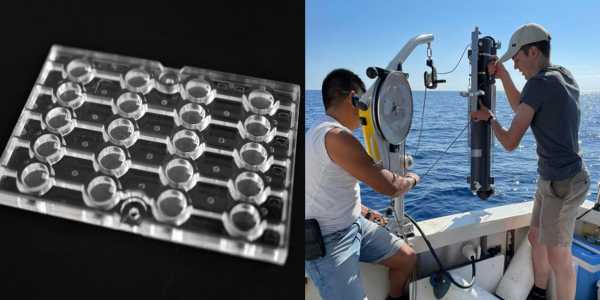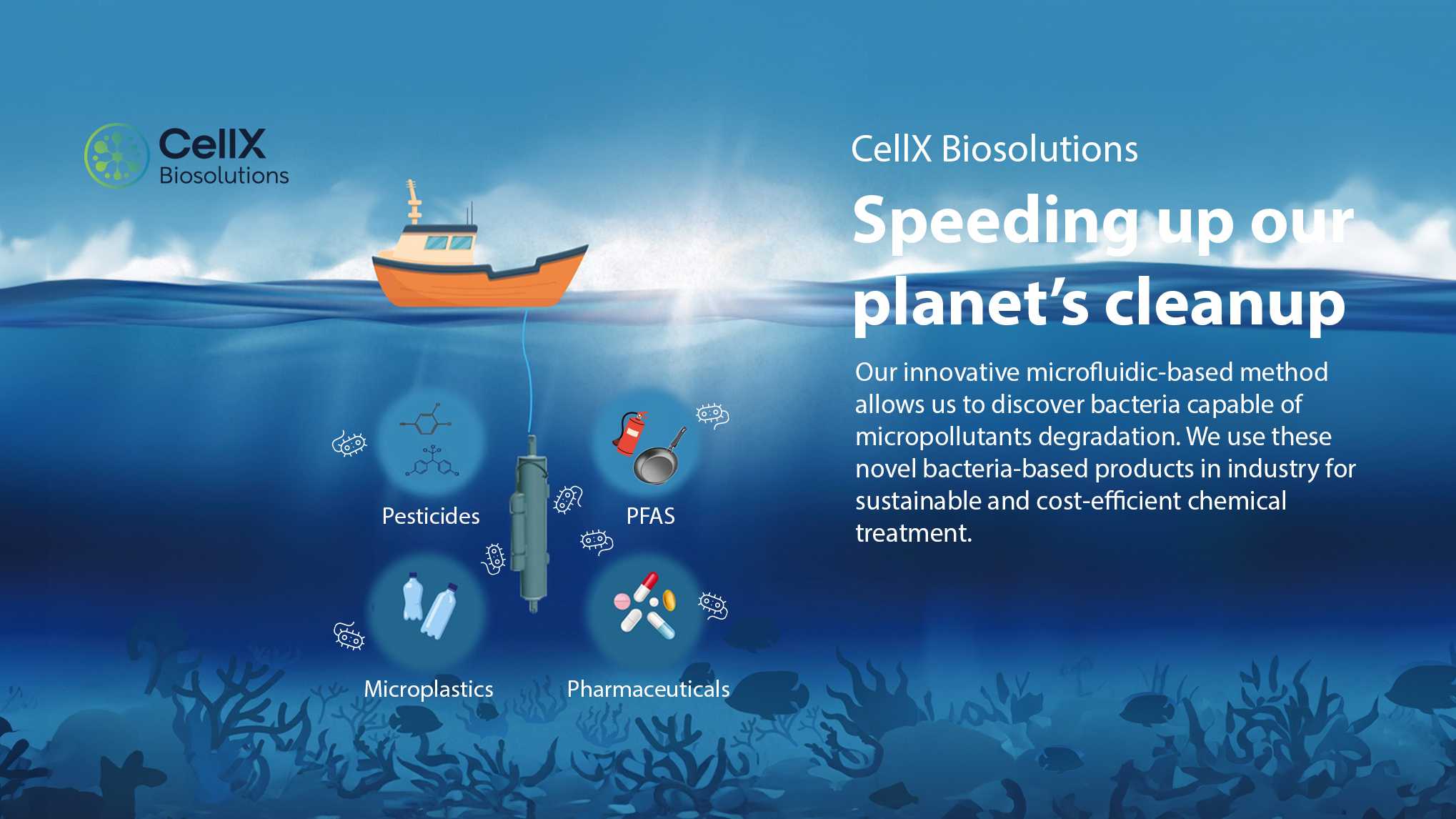Solutions in the field of environmental remediation
"Our instrument works like a bacterial trap," says Clerc. "The advantage is that we can use it to isolate bacterial communities with specific metabolic capabilities," says Clerc. Some of these bacterial communities appear to be able to utilize the nasty chemicals: "In our initial feasibility tests, some of the bacteria increased their biomass up to 20,000-fold, even though the pollutants were the only food source available to them," says Clerc.
Two years ago, Clerc founded a spin-off company, CellX Biosolutions, to use the bacterial trap to specifically search for microorganisms that can be used for environmental remediation. In addition to pesticides and microplastics, the company is also focusing on pharmaceuticals and the notorious PFAS, which are often referred to as "eternal chemicals" because of their stability. The ultimate goal of the startup is to commercialize these bacterial degraders as products that can be utilized in various industries as an alternative to current unsustainable and costly methods of toxic chemical disposal, such as incineration.
CellX has recently reached an important milestone in its product development. Clerc is currently planning pilot trials with two major industrial partners, tailored to the specific treatment needs of these collaborators. As a next step, Clerc intends to move into industrial applications.
In collaboration with the D-BAUG technical team, Clerc has also developed a pressure-resistant housing for the microfluidic chip for use in the deep sea. A patent application is currently pending. "With this housing we can access extreme environments such as the eternal darkness of the oceans at a depth of 4,000 meters," says Clerc. "This gives us access to a huge reservoir of bacteria with metabolic capabilities that are still largely unexplored."




